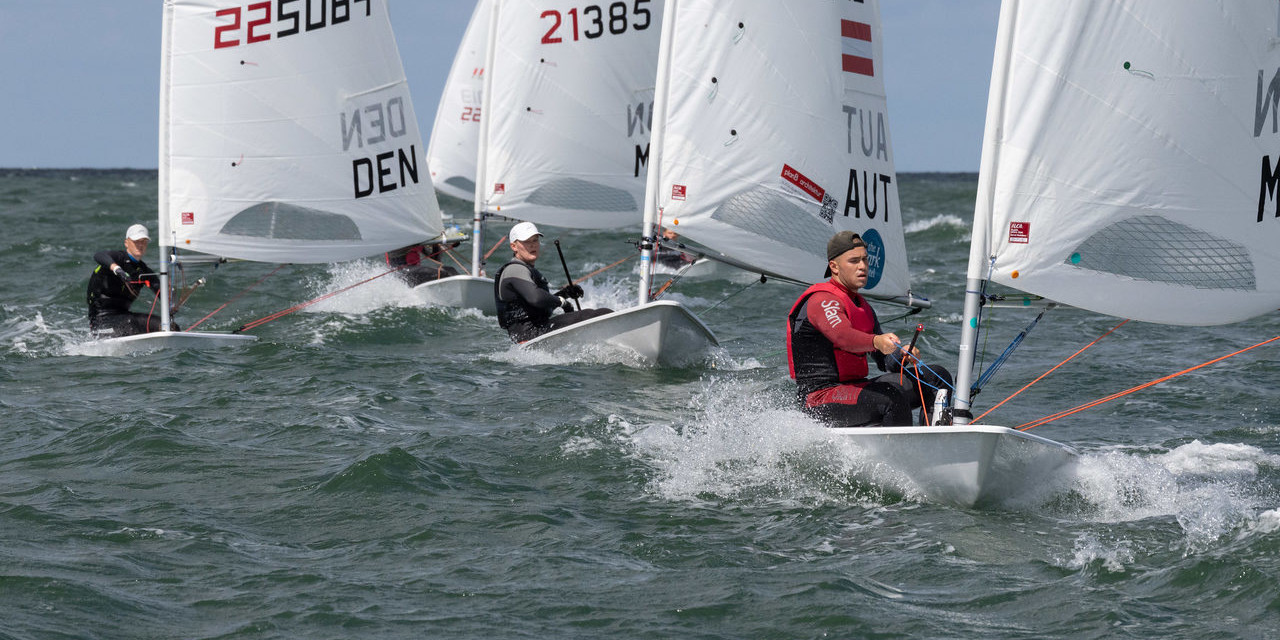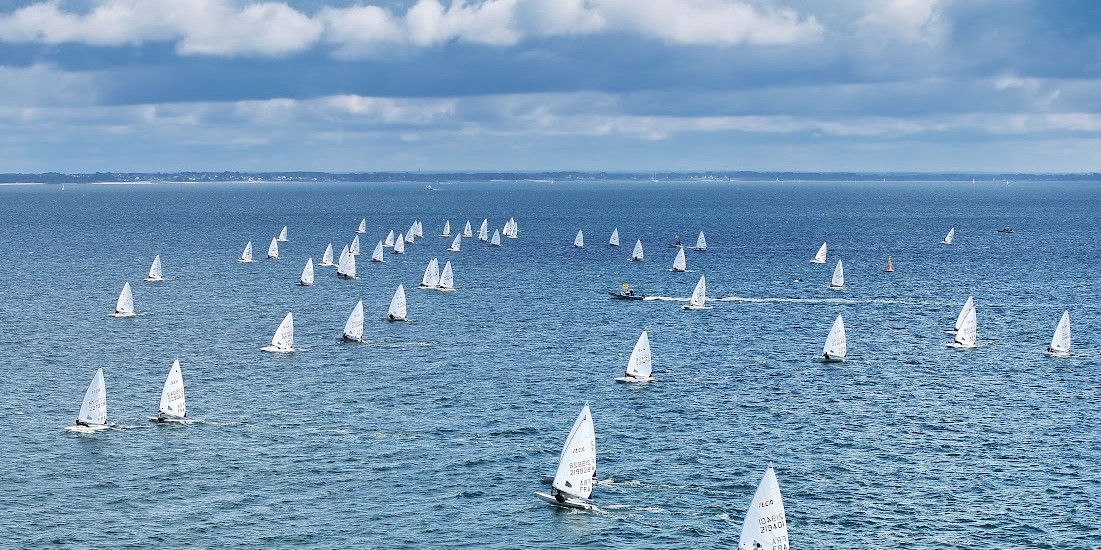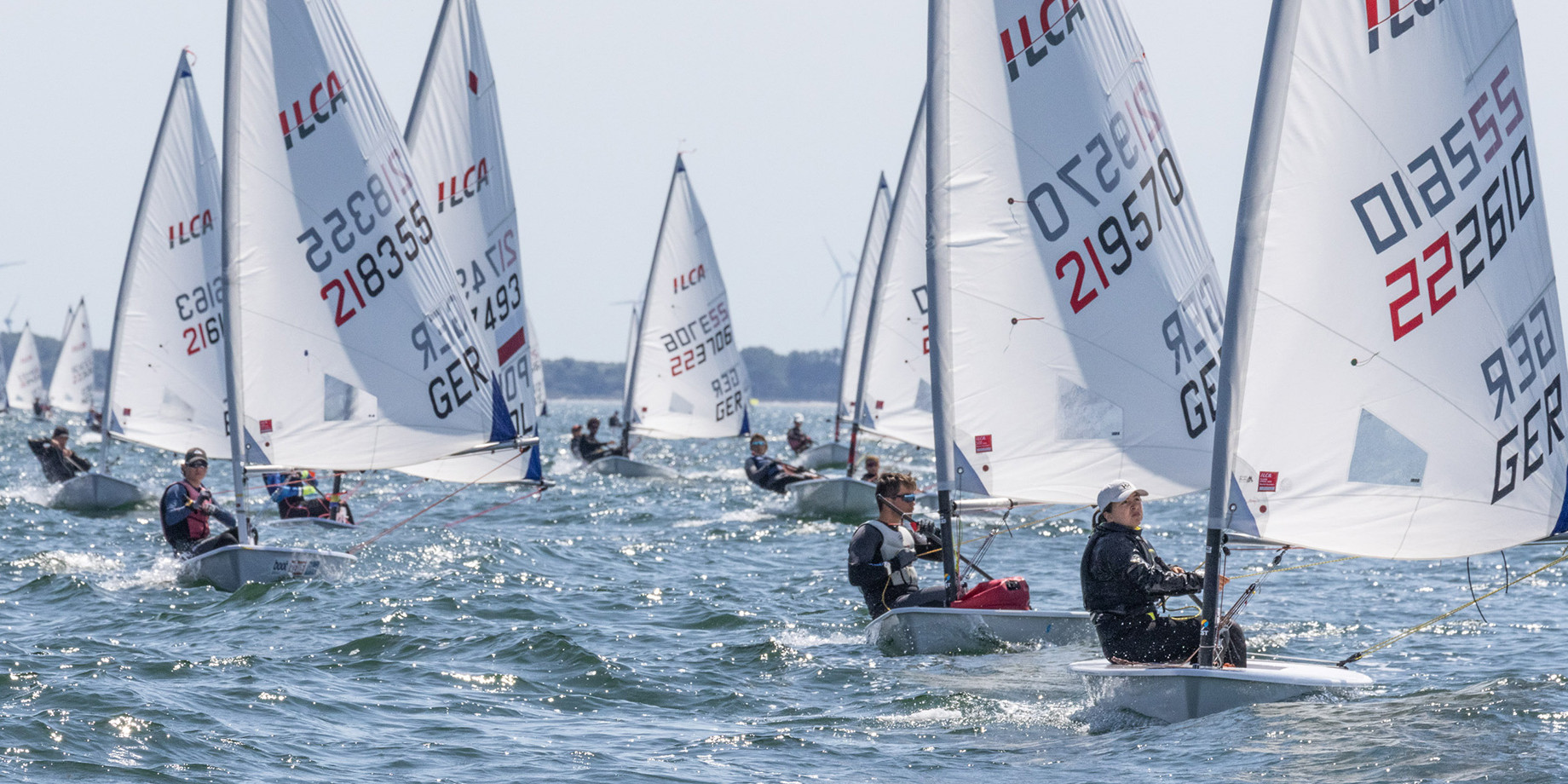Sir Ernst – Expedition
Valdès: Sir Ernst is sailing at the latitude of this peninsula this evening.
We have been endlessly scrutinising the sea but in vain; we found not the slightest indication of whales. And yet from June to mid-December, cetaceans concentrate here in large numbers, perpetuating a ritual to give life to their descendants.
The gulfs of San José and Naevo face each other, one to the north the other to the south, forming a peninsula that provides a sheltered location for southern right whales to reproduce. The waters are calm and less cold than they are offshore. Marine life abounds: elephant seals, sea lions and Magellanic penguins that killer whales come to lie in wait for.
But we will not be able to drop anchor in this sanctuary, and avoid facing a gale blowing head-on from the southwest tomorrow morning.
The area is highly regulated and the few yachts that cruise in these waters are prohibited from anchoring here. We can understand why, but the decision seems paradoxical as we know that boats carrying tourists so they can take “animal” photos are allowed to sail here; regardless of the whales need for peace and quiet.
The southern right whale population is recovering all over the world. The international agreements signed by most of those involved in industrial fishing have borne fruit, even if a few nations are still resisting coming on board. The young British scientists we met during our previous stopover in South Georgia had already explained the situation to us. And yet the numbers of whales coming to Valdès is decreasing. The cause is to be found in global warming, again! And yes, it is the krill, whales main food source which doesn’t tolerate even a slight increase in sea temperature. So, reserves are dwindling!
The Instituto de Conservación de Ballenas [whale conservation institute] also noted that seagulls were tearing skin off the calves causing possible infections. Nothing has been proven for sure yet.
Some 1,500 miles still separate us from the Antarctic where we may find southern right whales that spend the summer there. We’ll be sailing for several days along the Patagonian coast. As usual on Sir Ernst, the library includes several books on the regions we’re crossing. Night watches are a good time to read about this fantastic country. Our imaginations are fuelled by all the different characters like Butch Cassidy and the Sundance Kid, Jorge Luis Borges, Bruce Chatwin and Antoine de Tounens, the one and only monarch of the Kingdom of Araucania and Patagonia so dear to Jean Raspail.
And once we have crossed the entrance to the Strait of Magellan and reached the southwestern tip of Tierra del Fuego, just opposite the Island of the States, we can meditate on the madness of men who attempted to exterminate the last Indians in Patagonia: the Kawésqar community and the nomadic Yaghan fishing people, and the Onas and Haush on land.
Hervé aboard the Sir Ernst at 43°37’525’’S, 61°18’329’’W
Dernières publications
15 July 2024
Celebration of youth
Celebration of youth Youth Sailing World Championships – Riva del Garda 15-19 July 2024 The…
14 July 2024
Monegasques out in force
Monegasques out in force French Open - Quiberon 11-14 July Laser sailors from Yacht Club de…
14 July 2024
Consistency on every start
Consistency on every start ILCA 7 - EurILCA Europa Cup GER – Warnemünde 6-14 July Consistency was…



